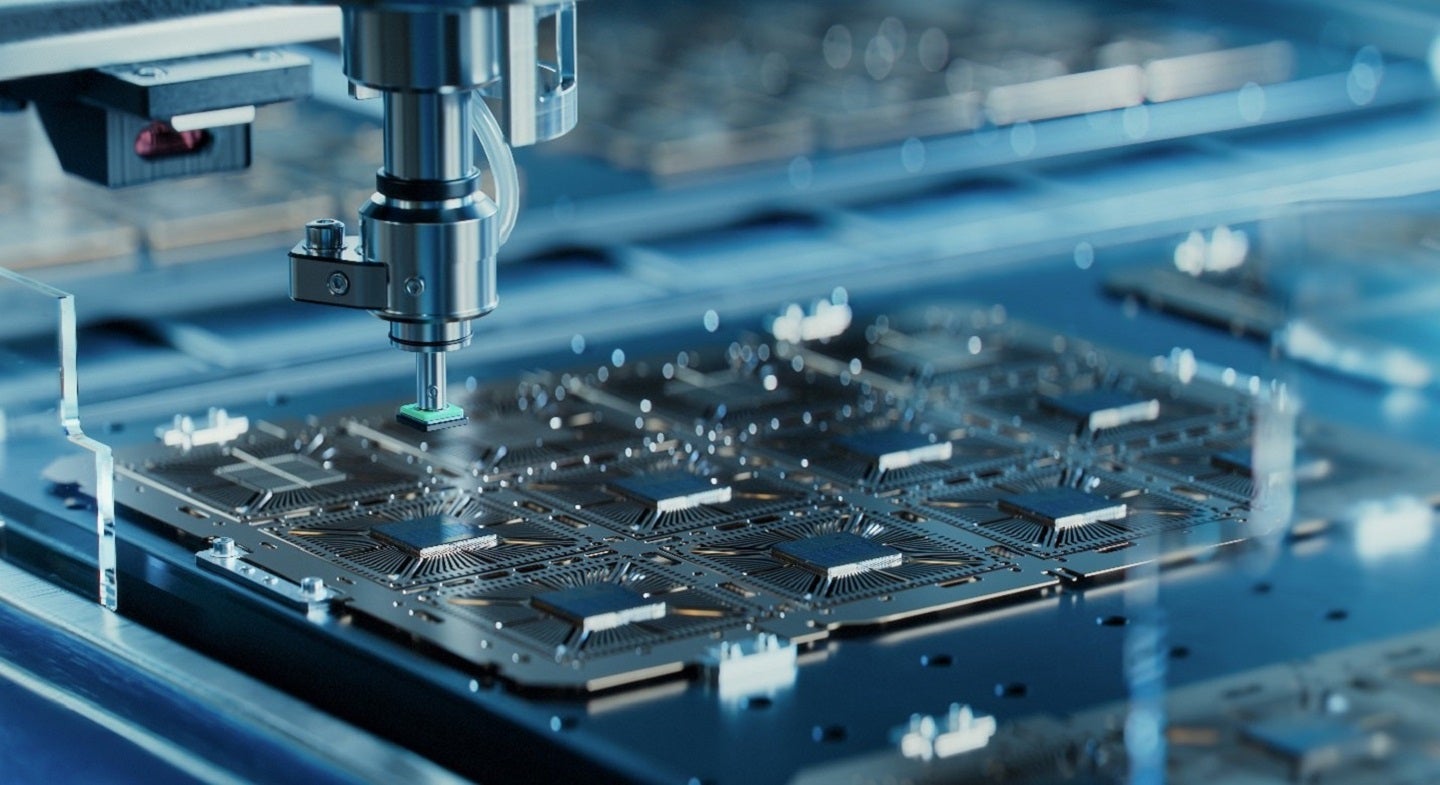
The US Department of Defense (DoD) has allocated $49m to revitalise the nation’s advanced semiconductor packaging capabilities and capacity, according to a statement on 24 January 2024.
Advanced packaging is the act of combining components before forming an ‘integrated circuit’ – the final stage of semiconductor fabrication.
This process allows multiple devices (electrical, mechanical, or semiconductor) to be merged and packaged as a single electronic device.
Where will the funds go?
The awards were made through the Industrial Base Analysis and Sustainment program to Micross, an indigenous supplier of microelectronics, as well as the local government of Osceola County, Florida.
Semiconductors are the US’ fifth-largest export after aircraft, refined oil, and crude oil, and Florida’s fourth-ranked export by value, according tothe Semiconductor Industry Association.
“Revitalising a semiconductor advanced packaging manufacturing ecosystem in the US is critical to enabling the Department’s weapon system development and manufacturing partners across industry to support our warfighters,” said Dr. Laura Taylor-Kale, assistant secretary of defense for industrial base policy. “It will also enable lower volume manufacturing commercial markets across the US to advance their products and to assist in sustaining these critical manufacturing capabilities.”
How well do you really know your competitors?
Access the most comprehensive Company Profiles on the market, powered by GlobalData. Save hours of research. Gain competitive edge.

Thank you!
Your download email will arrive shortly
Not ready to buy yet? Download a free sample
We are confident about the unique quality of our Company Profiles. However, we want you to make the most beneficial decision for your business, so we offer a free sample that you can download by submitting the below form
By GlobalDataThese awards, which focus on low-volume and high-mix production of secure 2.5D and/or 3D advanced packaging solutions, include options for further expanding the advanced packaging ecosystem and associated technologies.
Government support thus far
They are part of DoD’s Re-shore Ecosystem for Secure Heterogeneous Advanced Packaged Electronics (RESHAPE) efforts, and directly support the National Defense Industrial Strategy‘s strategic priority of building resilient supply chains.
RESHAPE is an advanced packaging manufacturing capability initiative to boost a critical packaging manufacturing ecosystem in the US for use across the defense industrial base (DIB).
The effort focuses on multi-supplier ‘back-end-of-line’ processes for 300 milimetre wafer diameter capabilities.
It is aimed at pure play, low-volume, high-mix, and secure manufacturing capabilities that all DIB-supporting companies can design into for their next generation applications. This ensures access and availability to a US microelectronics ecosystem that enables a secure, comprehensive component, and reliable system integration.
Global attempts for a sovereign seminconductor supply chain
The Center for Strategic and International Studies noted:
“China has emerged as a major strategic challenger to the US and is investing hevaily in developing its military power and defence industrial base, placing a priority on overtaking the US and its allies in seminconductor technology.”
For that reason, US Government policy must explore ways to provide the most “conducive environment” in which companies compete and be profitable, while ensuring national security interests.
While the Japanese Government purchased shares in its national semiconductor manufcaturer JSR in June 2023 to ensure the latter, the US Government’s industrial strategy relies on a balance of the two.







